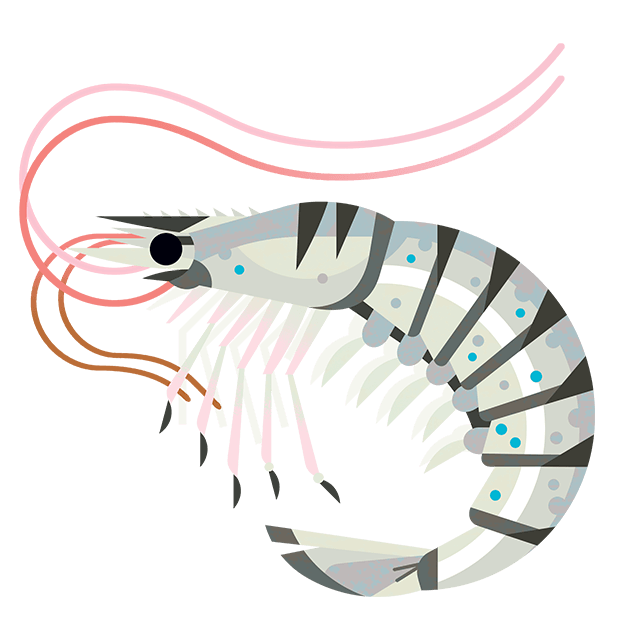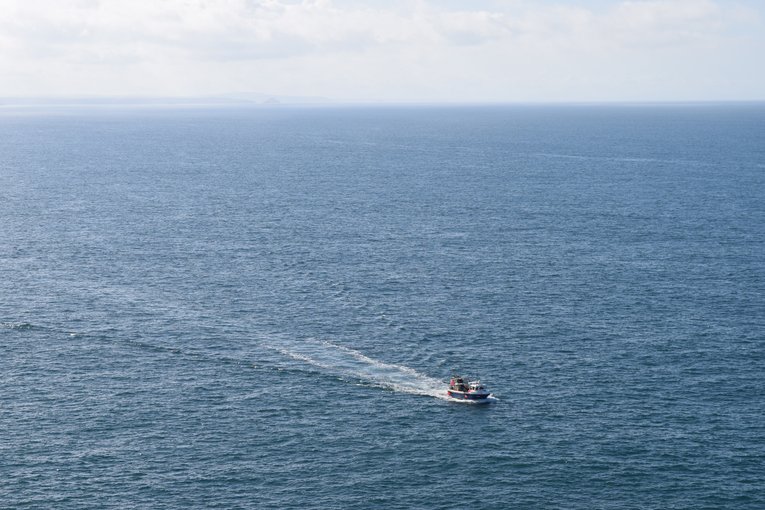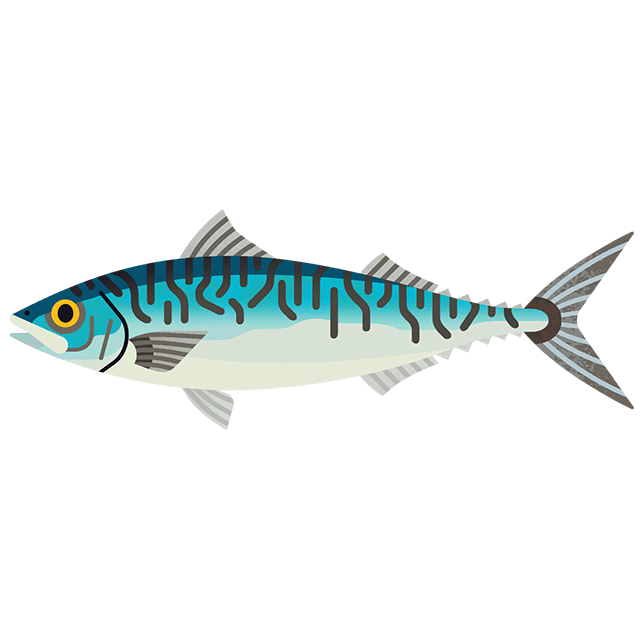
The lowdown on crab and lobster in the UK
There’s been a lot of talk about crab and lobster potting lately. We give the lowdown on what’s happening with these species and what the future might hold.
Our Good Fish Guide is rigorously reviewed and updated with the latest scientific advice twice a year. We focus on a different set of ratings each time. In our April 2022 update we reviewed crab and lobster in parts of the UK. The review found that there is now only one place in the UK catching green-rated, Best Choice brown crab: Shetland.
Similarly, when it comes to lobster, the only sustainable choice in the UK is from Jersey. Both of these are certified by the Marine Stewardship Council, meaning they follow strict sustainability guidelines.
So, what issues are facing other crab and lobster fisheries?

Credit: Jack Clarke
Rigorously researched ratings
Every Good Fish Guide rating is carefully researched to help you choose sustainable seafood. Get started by searching for your favourite seafood.

We need data
The first step towards making fishing more sustainable is to collect data. It’s vital to understand how well different species are doing in different areas.
For crab and lobster, this information is very patchy and sometimes outdated. In parts of the Irish Sea, eastern English Channel and most of Scotland, scientists don’t have enough data.

Credit: Calum Duncan
Fishing controls
The second crucial part of sustainable fishing is to have appropriate fishing controls that are properly enforced. These rules should change depending on the population size. If a species population is in sharp decline, the amount that can be caught is reduced until it recovers.
The approach to controlling crab and lobster fishing varies throughout the UK. At present, nowhere has catch limits in place. Catch limits are an important way to set clear guidelines for how many crabs and lobsters can be caught each year.
Some areas limit how many pots can be put into the sea at once. This limits how much shellfish can be caught – to an extent. However, if the pot limits are too high, then they won’t stop overfishing.

Credit: Jude Mack
Environmental impacts
The final piece of the sustainability puzzle is to minimise impacts on the wider environment.
In the UK, we’ve been using pots, also known as creels, to catch shellfish like crab, lobster and langoustine for centuries. It remains an important part of our fishing industry today - in 2020, potting caught 10% of all the seafood fished in the UK, 60,000 tonnes of it!
Potting has a far lower impact than many other types of fishing, such as dredging. It doesn’t tend to bycatch unwanted species, and if it does, they can often be released. Its impact on the seabed is low too.
However, in some parts of the UK we have some incredible - and vulnerable - wildlife. Humpback and minke whales visit places such as the west coast of Scotland for its cool, plankton-rich waters. This is also where a lot of potting takes place. There is a concern that whales could be getting tangled in the ropes that are attached to pots, however, the size of this problem is not yet fully understood.

Credit: Sue Ranger
Fortunately, there is hope. A huge piece of work is underway by the Scottish Entanglement Alliance (SEA) and others to not only gather the data, but use it to introduce measures to reduce the risk of this occurring.
The creel industry itself has played a central role in this work and continues to do so. The work of the SEA has impressed people so much that it was recently nominated for a sustainability award. Innovations, like ropeless pots, are also being trialled. With efforts like this underway, there is real hope that the solution is not far away.
The future
The future of crab and lobster fishing in the UK is far from certain. We have seen huge efforts and ambition from the fishing industry when it comes to making improvements, but sadly this is not always matched by regulators.
It’s time for governments to step up and protect the future of these species and the traditional potting industry.




